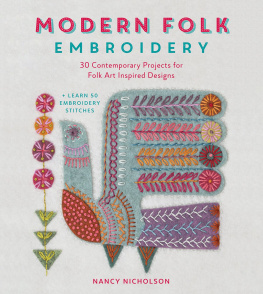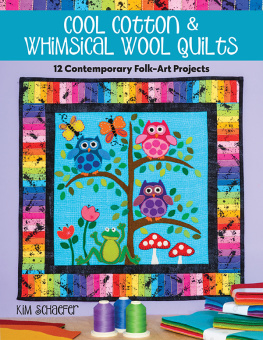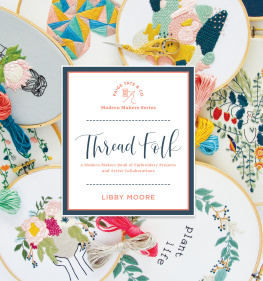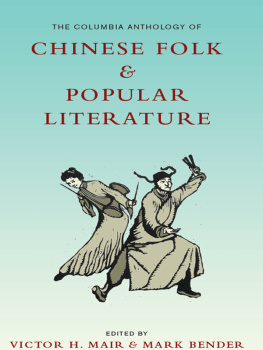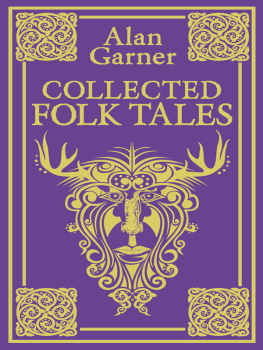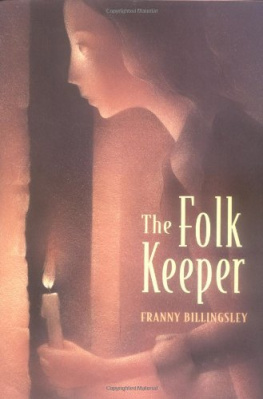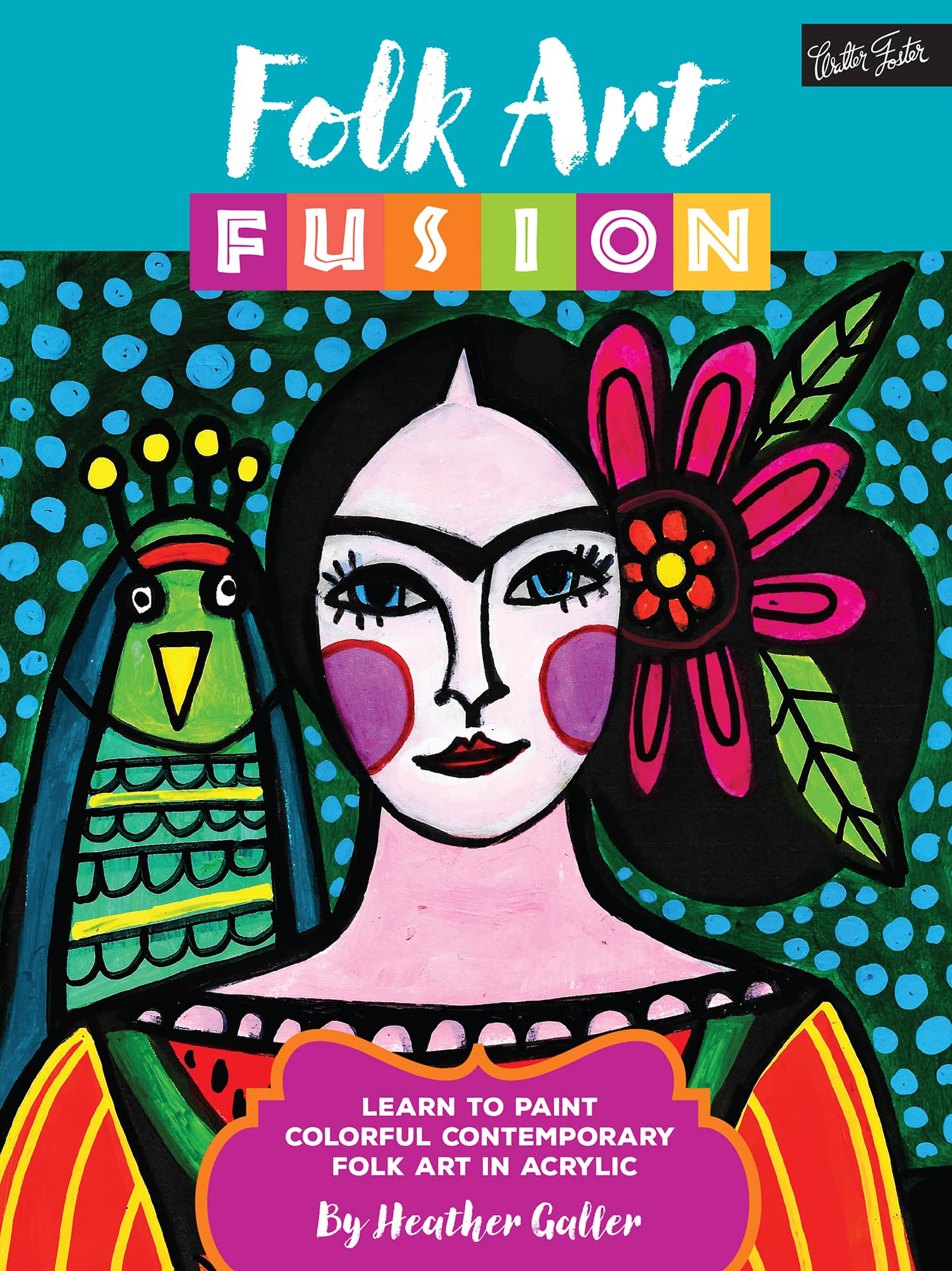LEARN TO PAINT COLORFUL CONTEMPORARY FOLK ART IN ACRYLIC
By Heather Galler

Find all of the templates in this book at www.quartoknows.com/page/folk-art
Introduction
As an artist, I love learning about other cultures and customs, and I am always looking for new ways to be inspired. To me, folk art is an untapped well of inspirationit is art that represents a persons history and traditions.
Folk Art Fusion will take you through the process of how I created 16 folk art paintings inspired by different countries and cultures around the world, including China, Japan, Mexico, Russia, Sweden, the United States, and others. Each subject in the book was carefully selected because it inspired me.
What is Folk Art?
Everyday people creating extraordinary works of artthis is the basis of folk art. Folk art relies on experience, community, and heritage rather than formal training. It is art that is felt rather than taught. Deeply rooted in tradition, folk art is an artists feelings, ideas, expressions, and customs brought to life.
The term folk art was used during the 1700s and 1800s to describe art made by craftsmen, manual laborers, peasants, tradespeople, and working-class folk. These artists were untrained or had very little schooling in fine arts, but some had practical skills that they learned on the job, such as painting signs or houses. Folk artists today continue to be everyday folk who use their acquired skillsand their imaginationsto create their unique works of art.
Because many folk artists have no formal art training, artistic rules such as perspective (drawing objects three-dimensionally in order to give them the illusion of depth and distance) and proportion (drawing objects so that their size and shape are harmonious to one another) usually are not followed. Folk artists often use simple artistic techniques, bright colors, and childlike perspectives, creating art as a means of self-expression rather than creating art thats correct. This untrained style can also be called nave art.
Folk art is truly art of the human spirit. It is continually produced by people of all walks of life and from all over the world. As long as there are people with a need to imagine and create, folk art will always be around.
Tools & Materials
Here are the tools and materials you will need to complete the paintings in this book.

PAPER
Paper comes in various weights and sizes. I like to use 80-lb. paper because the paper holds its shape when painting. Thin paper warps when it gets too wet; generally, the heavier the paper, the easier it will be to paint. You can use paper in sizes 8 / 11 and 11 17.
PAINTS
Paints should always be the best quality you can afford. There are two types of paint you can use for the projects in this book: acrylic paint and craft paint. Acrylic paint will produce a good pigment with a deep intensity. Craft paint is a less expensive option, but it doesnt contain as much pigment as acrylic. You might need more layers of paint to get the color and intensity that you want.
PAINT PENS
Paint pensalso known as paint markerscome in a variety of colors and types, but we will be using oil-based paint pens. I like to use oil-based paint pens because they add a glossy finish on top of the flat paint, which lends a bit more depth and interest to a painting. You can usually find paint pens in the glass paint section of any craft store.
BRUSHES
Paintbrushes come in low, medium, or high quality, and they have either natural or synthetic hair. For the projects in this book, choose synthetic, medium-quality brushes. Low-quality brushes shed, and high-quality brushes are costly and unnecessary for these types of paintings. There are several types of brushes available, from flat to round and pointed to angled. A flat brush is a good all-purpose brush to use for the paintings in this book.

MARKERS
Black permanent markers are ideal for drawing the outlines of the art as well as for filling in larger areas instead of using paint or a paint pen. Choose markers with varying tip thicknesses, from fine to broad. I have found that cheap markers are just as good if not better than name-brand ones.
Painting Techniques
As you create your paintings, keep these tips and techniques in mind.

ADD LINES & DETAILS
My favorite technique for painting folk art is to use a black marker to clean up lines and draw details. I love the simplicity of a black marker against flat acrylic paint. Plus, when you draw your design, you can cover the black lines with paint and easily see through to your design. Then, after the paint is dry, you can redraw your lines with a black marker.
KEEP PAINT LAYERS THIN
When painting on paper, its a good idea to use thin layers of paint. You can add more layers after each layer dries to darken the color, or use other colors to add designs and elements to the painting.

COMPLETE THE PAINTING
Folk art often includes lots of patterns, and oil paint pens are my favorite tools for adding details as a finishing touch. Paint pens come in both acrylic and oil; I prefer oil pens because I like that glossy finish against the flat acrylic paint, and they add an unexpected depth to the design.
Paint pens come in a limited selection of colors. To broaden the color variety, use a light coat of acrylic paint over the paint pen color to achieve different colors. This technique will dull the shine of the paint pen color, but sometimes its worth it. Make sure to let the paint pen color dry for at least one hour or until the paint no longer feels tacky.
Nave Style
Nave style is quite childlike in its simplicity. It can be difficult to teach someone this type of artistic style because it is a very intuitive and personal process. Thus, most folk artists who use a nave style are self-taught. The key to painting in a nave style is to just let go. Dont try to make it look right or realistic.


